In recent years, entrepreneurs have harnessed artificial intelligence to automate routine work and boost productivity.
A new study from Marketing Artificial Intelligence Institute found that tasks that used to take 90 minutes now take just 30 minutes using AI – a threefold increase in efficiency. About one-third of business tasks were already machine-performed in 2023.
By integrating AI tools across marketing, sales, operations, customer service, and more, business leaders free up time and resources to focus on growth, directly improving the bottom line.
Below are 15 concrete hacks—each with specific AI tools—that entrepreneurs can use to work faster, cut costs, and increase profits.

1. AI-Powered Content Creation and Copywriting

Tools like ChatGPT, Jasper.ai, and Copy.ai can draft blogs, ads, product descriptions, and social posts quickly.
These AI assistants generate marketing outlines or articles in minutes, which your team can then refine with tools like Grammarly.
This approach cuts writing time from 90 to 30 minutes according to studies. Your marketing staff can produce more quality copy without expanding the team.
The faster turnaround lets you run more campaigns and generate leads at a steady pace.
About 74% of marketers now use AI at work, according to HubSpot data. Staying competitive means adopting these tools to streamline content creation.
The time saved allows your team to focus on strategy and big-picture thinking rather than getting stuck on routine writing tasks.
2. AI-Driven Social Media and Ad Automation

Modern platforms like Hootsuite and Buffer now offer AI features that automatically create captions, hashtags, and post schedules.
AI analytics tools from Sprout Social or Facebook can spot the best posting times and trending topics your audience cares about.
Canva’s Magic Write, DALL·E, and Midjourney can quickly make engaging ad graphics that catch attention.
These tools handle routine social media tasks and boost engagement rates without requiring hours of manual work.
Small businesses find AI tools transformative for social media management, according to Entrepreneur magazine.
The automation brings better scalability and cost efficiency. Your social reach grows, ads target the right people, and customer engagement rises — all contributing to revenue growth without proportional cost increases.
3. AI Email and Sales Writing Assistant
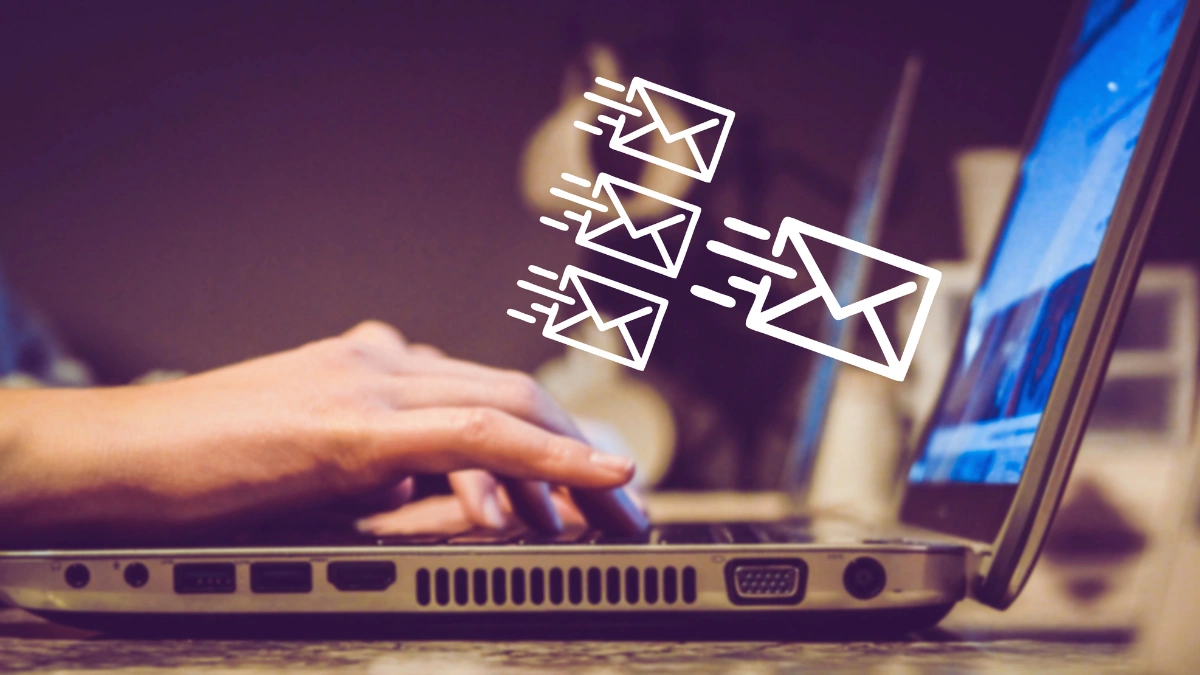
ChatGPT and specialized tools like Flowrite help craft personalized email campaigns and follow-ups fast.
Platforms such as HubSpot or Salesforce Einstein auto-fill email templates with customer data pulled from your database.
The AI suggests compelling language or call-to-action phrases based on what works.
About 47% of sales professionals now use AI tools to write prospecting emails or sales copy. This speeds up outreach while making messages more tailored to each recipient.
Sales teams can contact more leads and close deals faster when freed from repetitive writing tasks.
The personalization at scale means prospects receive messages that feel custom-written for them. Each rep becomes more productive, boosting revenue without adding staff costs.
4. AI Lead Scoring and CRM Insights
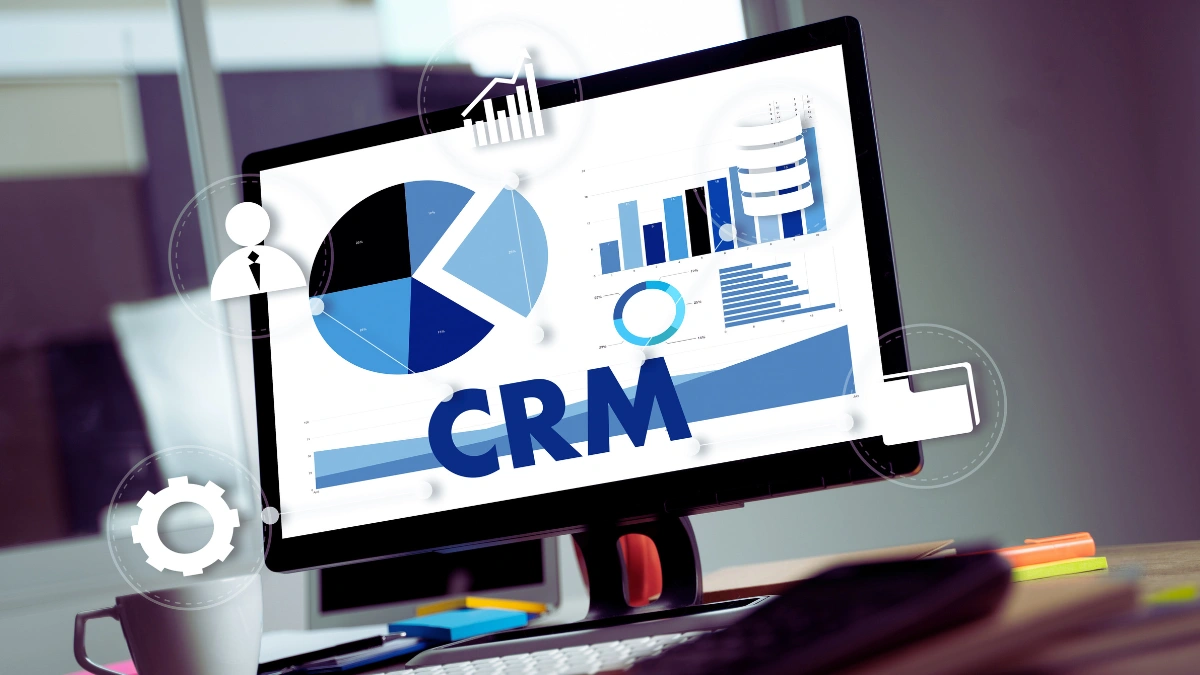
Modern CRMs like HubSpot and Salesforce include AI modules that analyze customer data to score leads automatically.
AI ranks prospects by purchase likelihood and alerts reps about hot leads that need immediate attention.
These tools also predict sales trends based on historical data patterns. HubSpot research shows 36% of businesses now use AI for lead scoring, pipeline analysis, or forecasting.
Teams focus their efforts on high-value leads instead of chasing unlikely prospects.
Better pipeline visibility and smart lead routing keep more sales moving through your funnel. Sales managers gain clearer forecasts they can trust.
The entire team spends less time guessing which leads matter and more time closing deals with the right prospects, improving profitability across the board.
5. AI Meeting Transcription and Summary

AI meeting assistants like Fireflies.ai, Otter.ai, and Zoom’s built-in transcription record, transcribe and tag meeting conversations automatically.
After meetings end, you can feed transcripts into ChatGPT or Notion AI to create concise notes and action items.
This approach eliminates manual note-taking and ensures important tasks get tracked.
AI integration can slash work time dramatically for this type of task. Team members no longer waste time writing up meeting minutes or searching recordings for key points.
Meetings become more productive with clear next steps captured without extra effort. Projects stay on schedule because action items don’t fall through the cracks.
Administrative overhead shrinks, giving everyone more time for strategic work that generates revenue for the business.
6. AI Task and Project Management

Tools like Notion AI and Asana’s AI Assistant transform meeting notes or project briefs into organized to-do lists and timelines.
Notion AI scans meeting transcripts and creates tasks automatically, while Trello’s Butler or Monday.com’s AI sets priorities and sends reminders.
Automating routine project planning means teams spend less time organizing and more time executing real work.
Projects move forward faster with fewer planning meetings and status updates. Managers gain clear visibility without constant check-ins.
Faster project delivery and fewer missed deadlines help companies cut costs and launch new initiatives quickly.
Teams stop wasting hours on coordination and status updates. The automation handles mundane work while humans focus on creative problem-solving that machines can’t match.
RELATED:
7. AI Customer Support Chatbots
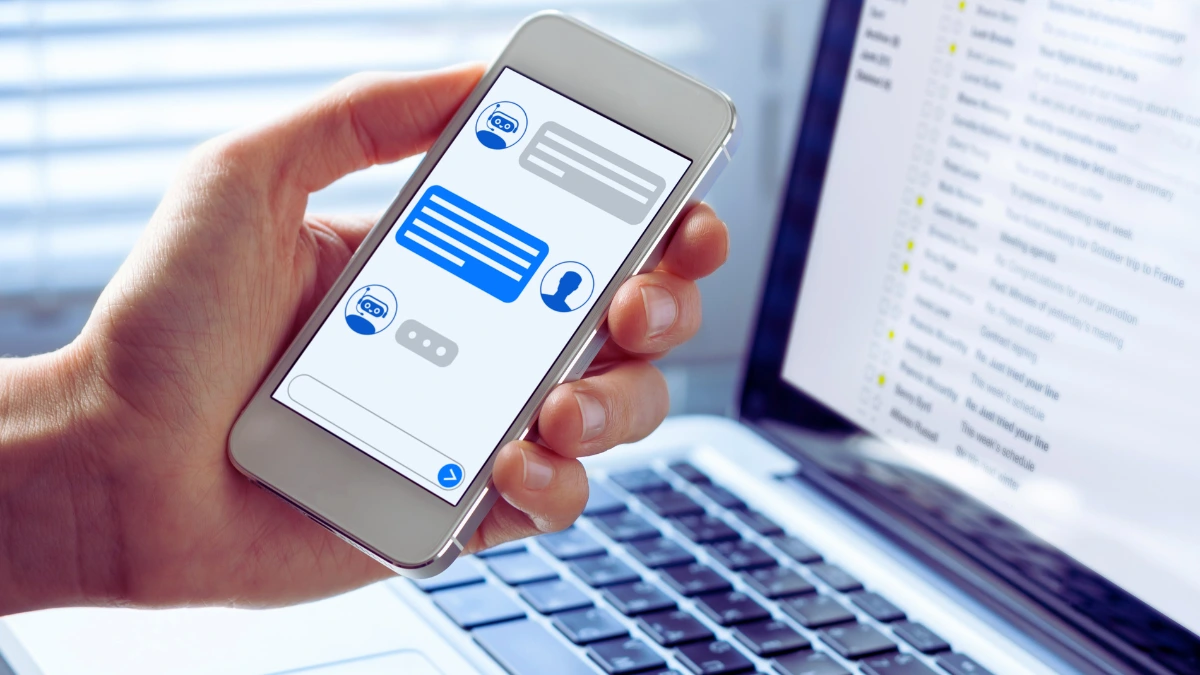
Chatbots powered by ChatGPT, IBM Watson Assistant, or Intercom handle common customer questions 24/7 without human intervention.
These solutions answer FAQs instantly and escalate complex issues to human agents when needed.
Modern bots understand natural language and provide personalized help based on customer history.
Your support team can focus on tough problems while the AI handles routine inquiries. Customers get instant responses at any hour without waiting in queues.
Support costs drop while satisfaction rises through faster resolution times. Many customers prefer self-service for simple questions anyway.
The consistent answers from AI prevent confusion from different agents giving conflicting information. Better retention and higher lifetime value follow naturally from this improved experience.
8. AI Data Analytics and Insights

Business intelligence tools like Google Analytics 4, Tableau with Einstein Discovery, and Microsoft Power BI with Copilot highlight anomalies and predict outcomes automatically.
You can ask ChatGPT (with data plugins) simple questions about your business metrics and get instant answers.
AI automates recurring reports on sales trends, customer behavior, and inventory levels. This saves analysts hours of manual data processing each week.
The automation aligns with broader business trends, as roughly 34% of business tasks now run with AI assistance.
These insights help optimize pricing, marketing spend, and inventory management. Decisions become data-driven rather than based on gut feelings.
The real-time nature of AI analytics means you catch problems early and spot opportunities before competitors do, directly boosting profit margins.
9. AI Design and Prototyping

Tools like Figma’s AI plugins (Magician) or DALL·E/Midjourney generate UI mockups, logos, or ad visuals from text prompts.
You simply describe a website layout or ad concept and get a draft design instantly. Canva’s AI refreshes brand graphics with a single click rather than hours of manual work.
This rapid prototyping cuts weeks off development cycles. Your team can iterate faster on product features or campaigns without waiting for designers to finish each version.
Testing multiple concepts becomes practical when each takes minutes instead of days to create.
Getting to market sooner means capturing opportunities before competitors. The ability to test more ideas uncovers winning products and campaigns that grow revenue.
Your creative team stops wasting time on routine design tasks and focuses on high-level strategy and refinement, where human creativity still outshines machines.
10. AI Scheduling and Personal Assistants

Tools like Clockwise.ai or x.ai’s Amy/Ingram arrange meetings by finding optimal time slots across multiple calendars.
Voice assistants and AI chatbots set reminders, reschedule appointments, or pull up documents through simple voice commands.
Ask “Schedule 30 minutes this week to review budget,” and AI finds an open slot without you checking calendars.
This automation eliminates the back-and-forth emails typically needed to coordinate meetings.
Executives gain hours back each week previously lost to administrative tasks. Your team spends less time managing calendars and more time on substantive work.
The focus on high-impact tasks accelerates progress on growth initiatives. Billable hours increase when professionals spend time on client work rather than scheduling.
Meeting quality improves when AI schedules them at times when participants are most productive based on their work patterns and preferences.
11. AI Recruiting and HR Screening
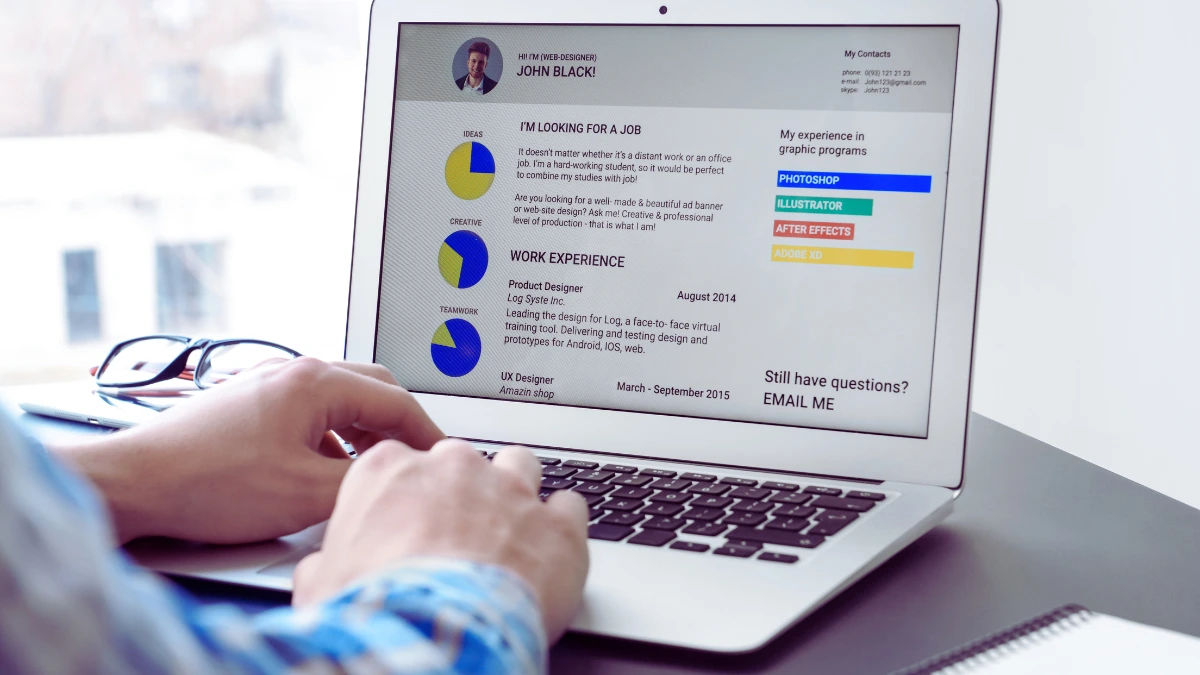
Platforms like HireVue or Paradox scan resumes and applications in seconds rather than hours.
These systems evaluate candidates’ backgrounds and conduct preliminary video interviews to screen applicants before human reviewers get involved.
Resume AI optimizes job descriptions and helps candidates tailor applications to your specific openings.
Automated screening filters out unqualified candidates early in the process. Your HR team reviews only promising applications instead of wading through hundreds of unsuitable ones.
The technology standardizes evaluation criteria, reducing unconscious bias in hiring decisions.
Companies with AI recruiting tools report dramatic cuts in time-to-hire metrics. This reduces recruiter costs and shortens revenue downtime for crucial roles.
When key positions fill faster, teams operate at full strength more consistently. The improved candidate experience also strengthens your employer brand, attracting better talent over time.
12. AI Documentation and SOP Automation

Software like Guidde, Scribe, or Userlane records you completing a task and automatically generates step-by-step tutorials.
The AI captures your clicks and actions, then scripts instructions for onboarding or training material without manual writing. Videos, screenshots, and text guides appear almost instantly.
Standard operating procedures get written in minutes rather than days. New employees learn processes faster with clear, consistent documentation.
Teams maintain quality standards even as they grow or experience turnover because processes stay documented and accessible.
The consistency lowers training costs across the organization. Managers spend less time teaching routine procedures and more time on strategic guidance.
Over time, this approach builds a knowledge base that preserves institutional wisdom and speeds up onboarding for new team members, increasing operational efficiency company-wide.
RELATED:
13. AI Workflow Automation
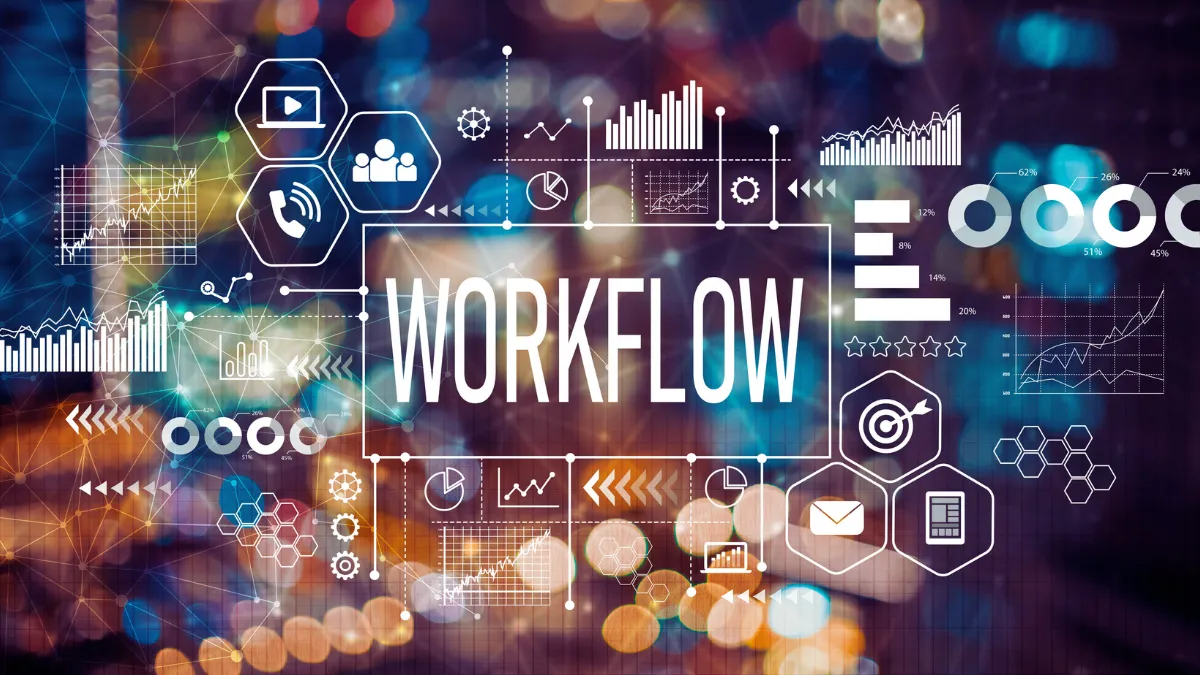
Platforms like Zapier and IFTTT now integrate GPT to build intelligent workflows between your apps.
These systems can read sales emails and create CRM contacts automatically or generate tasks from Slack messages without human intervention. AI “agents” listen in on meetings and proactively trigger actions based on what they hear.
By automating routine handoffs between systems, these tools eliminate manual data entry and constant app-switching.
Information flows smoothly across your tech stack without someone copying and pasting between systems. Teams stay focused on their core work rather than managing information transfers.
The result is a smoother workflow throughout the organization. Hours previously spent on digital busywork convert to productive time.
Errors decrease since automated transfers happen consistently with fewer typos or missed fields. Your entire operation runs more efficiently, allowing more time for revenue-generating activities.
14. AI Financial Forecasting and Budgeting

Accounting platforms like QuickBooks and finance tools like Planful or Float use AI to predict cash flow and expenses based on historical patterns.
These systems forecast next quarter’s revenue under various scenarios or flag unusual spending that needs attention.
ChatGPT or Claude can summarize financial reports quickly when asked about specific metrics or trends.
AI-driven forecasting supports proactive business decisions about hiring, investments, or cost-cutting.
Financial teams spend less time crunching numbers and more time analyzing implications and advising leadership. Budget planning becomes more accurate and less time-consuming.
Early warnings about potential cash crunches protect profit margins by allowing preventive action.
Capital allocation improves when AI helps identify the most profitable areas of your business.
The financial clarity helps executives make confident decisions backed by data rather than guesswork about future performance.
15. AI Sentiment Analysis for Customer Feedback
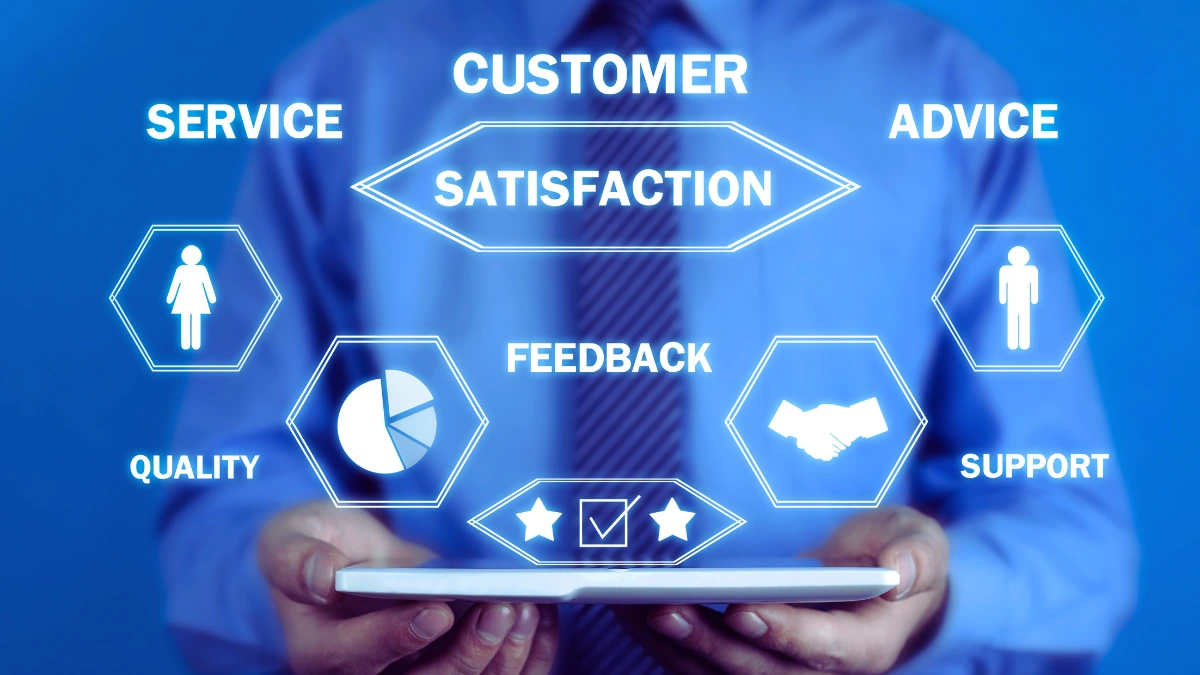
Tools like MonkeyLearn, Lexalytics, or GPT scan product reviews, survey responses, and social media mentions to gauge sentiment automatically.
ChatGPT can summarize thousands of Amazon reviews into key praise and complaint points within minutes. This reveals what customers truly value and what needs improvement.
The technology spots emerging issues before they become widespread problems.
Your product team quickly identifies buggy features or desired improvements based on actual user feedback.
Customer service addresses common complaints proactively rather than reactively.
Acting on this feedback loop boosts customer satisfaction and loyalty. Repeat sales increase when customers feel heard and see their suggestions implemented.
The business builds products people want rather than guessing at features. This data-driven approach to customer experience management directly increases profits through higher retention and word-of-mouth referrals.
Tired of 9-5 Grind? This Program Could Be Turning Point For Your Financial FREEDOM.

This AI side hustle is specially curated for part-time hustlers and full-time entrepreneurs – you literally need PINTEREST + Canva + ChatGPT to make an extra $5K to $10K monthly with 4-6 hours of weekly work. It’s the most powerful system that’s working right now. This program comes with 3-months of 1:1 Support so there is almost 0.034% chances of failure! START YOUR JOURNEY NOW!
